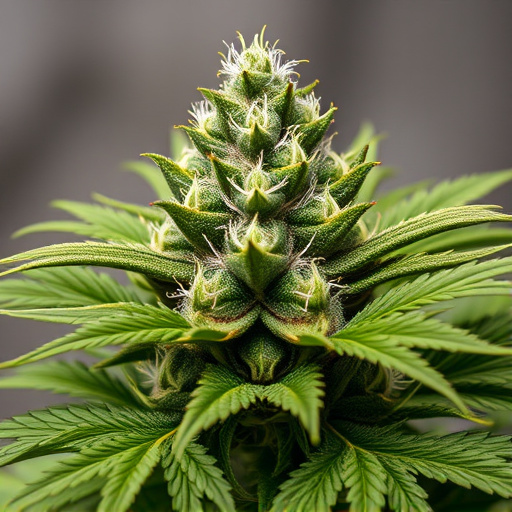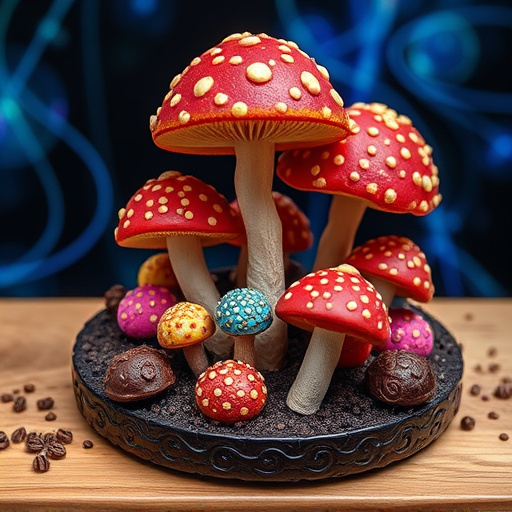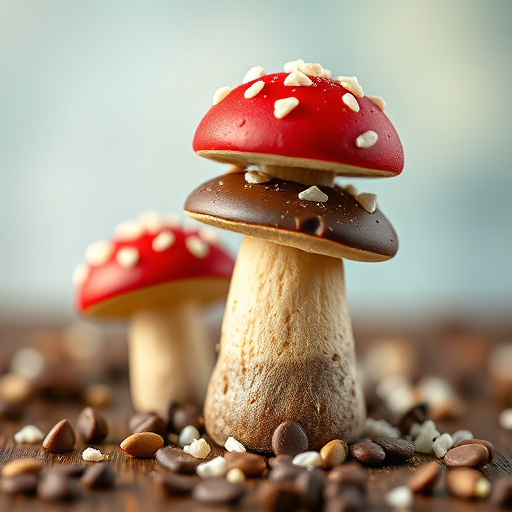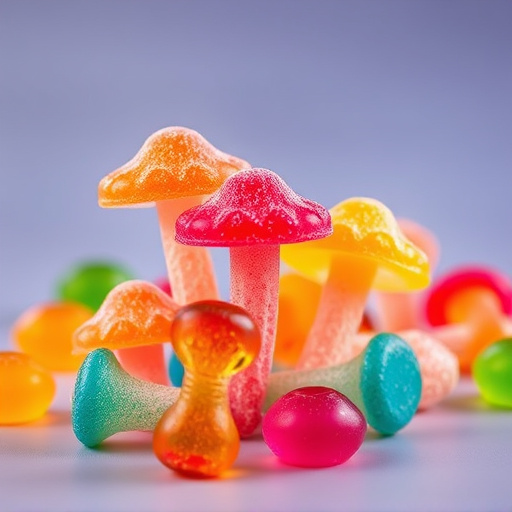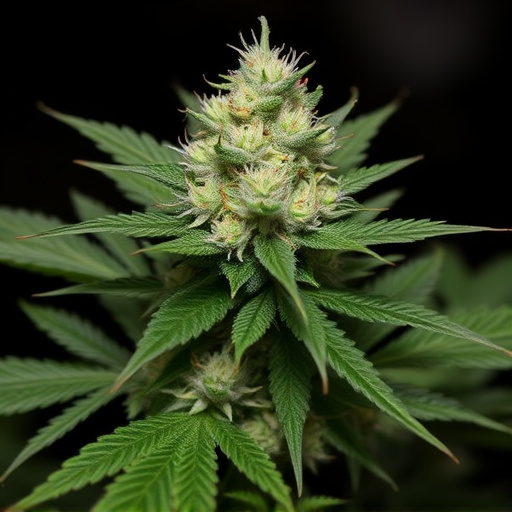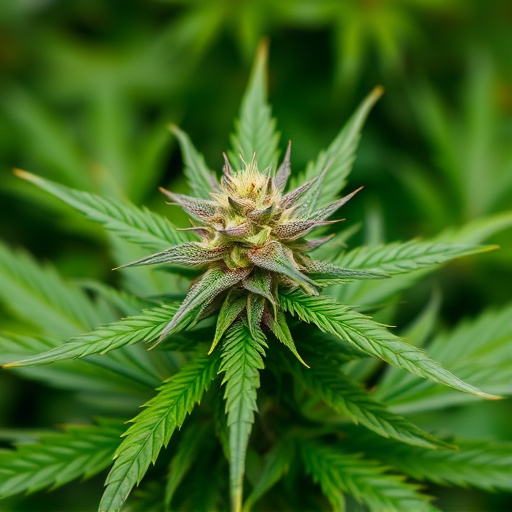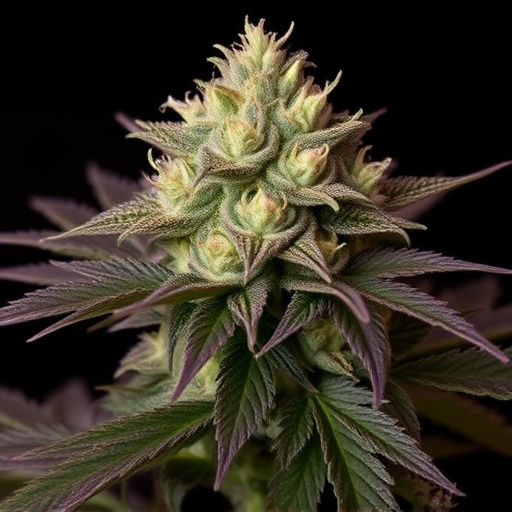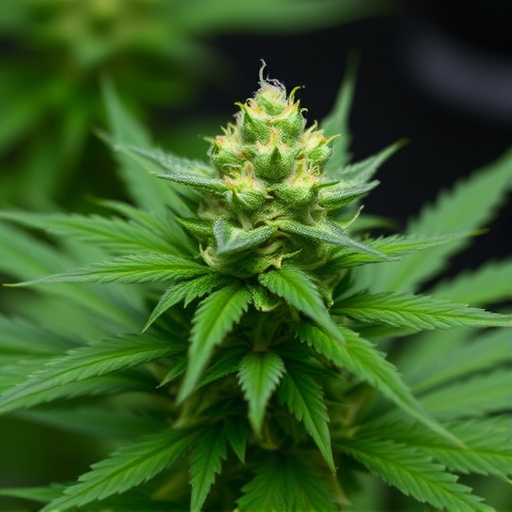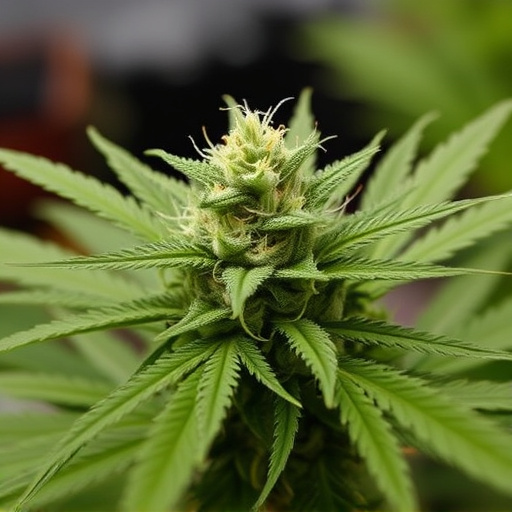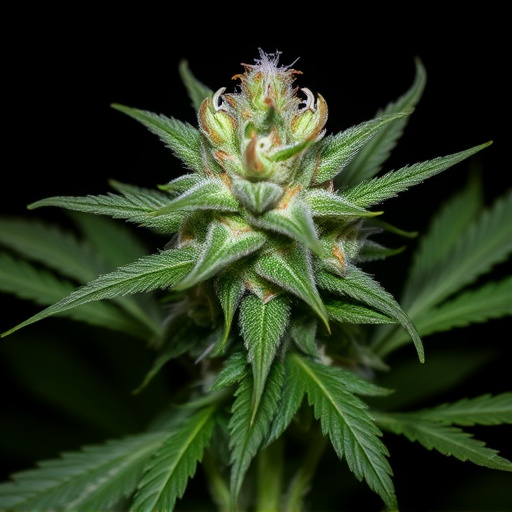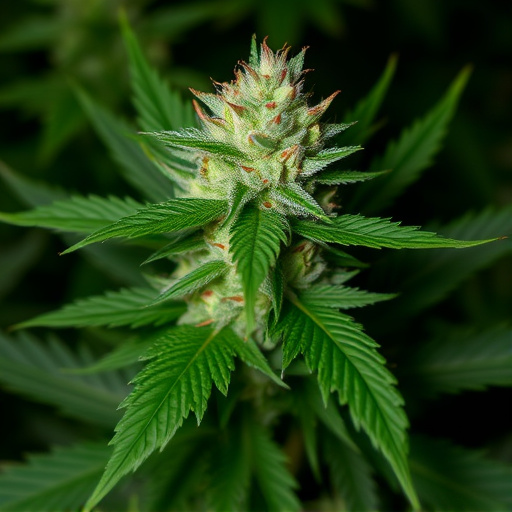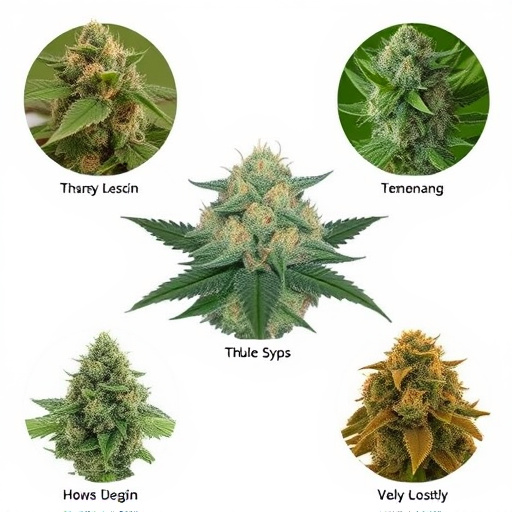Cannabinoids in cannabis, like THC and CBD, affect the body through an entourage effect when full-spectrum (including terpenes) or isolated (pure compounds) forms are consumed. Full-spectrum products offer a holistic experience akin to top 2016 strains, while isolated forms provide precise, targeted benefits. The top ten cannabis strains of 2016, chosen for their diverse cannabinoid profiles, fueled interest and research into full-spectrum vs. isolated cannabinoids as legalities changed.
“Unraveling the complexities of cannabinoids, this article offers a comprehensive comparison between full-spectrum and isolated variants. In an era where cannabis research flourishes, understanding the nuances is paramount for both consumers and industry professionals alike. We explore the intricate differences in their composition and effects, shedding light on why each has its advocates. Additionally, we present a curated list of the top ten cannabis strains of 2016, analyzed through the lens of cannabinoid composition, providing insights into the diverse profiles that captivated the market.”
- Understanding Cannabinoids: Full-Spectrum vs. Isolated
- The Science Behind the Effects: A Deep Dive
- Top Ten Cannabis Strains of 2016: A Look Through the Lens of Cannabinoid Composition
Understanding Cannabinoids: Full-Spectrum vs. Isolated
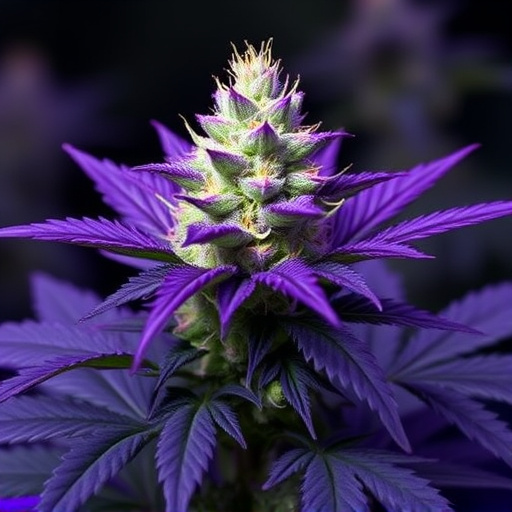
Cannabinoids are a diverse class of chemical compounds found in the cannabis plant, with each offering unique effects on the human body and mind. When it comes to understanding the benefits of cannabis, knowing the difference between full-spectrum and isolated cannabinoids is essential. Full-spectrum cannabinoids refer to the entire range of cannabinoids present in the plant, including THC (tetrahydrocannabinol) and CBD (cannabidiol), as well as a variety of other minor compounds like terpenes. These compounds work together in what’s known as the entourage effect, enhancing or modifying each other’s effects. This makes full-spectrum extracts popular among users looking for a more balanced and natural cannabis experience, similar to what one might find in the top ten cannabis strains of 2016.
In contrast, isolated cannabinoids are single compounds extracted from the plant and purified to a high degree. While this process removes the entourage effect, it also offers precise dosing and effects tailored to specific needs. For instance, CBD is often sought for its potential anti-inflammatory and anxiolytic properties without the psychoactive effects of THC. Isolated forms allow users to target specific cannabinoids for desired outcomes, making them appealing for medical use or those seeking targeted relief.
The Science Behind the Effects: A Deep Dive
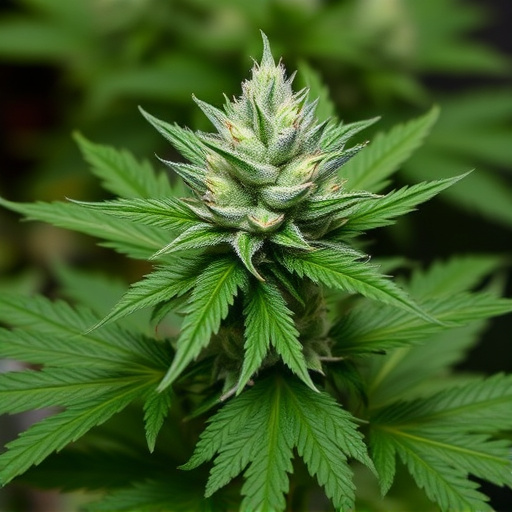
The science behind the effects of cannabis is complex and multifaceted, with a growing body of research shedding light on the intricate interplay between cannabinoids and our bodies’ endocannabinoid system. When we consume cannabis, whether through smoking, vaping, or ingestion, various compounds interact with this endogenous system, influencing mood, memory, perception of pain, and more. This system consists of receptors located throughout the body, including the brain and nervous system, which bind to cannabinoids like THC and CBD.
In the context of full-spectrum versus isolated cannabinoids, understanding the unique profiles of different cannabis strains is key. The top ten cannabis strains of 2016, for example, showcased a diverse range of chemical compositions. Each strain contains a distinct combination of terpenes, flavonoids, and other minor cannabinoids, contributing to its specific effects. Full-spectrum products capture this entire spectrum of compounds, potentially offering a more holistic experience. Conversely, isolated cannabinoids focus on a single compound, like THC or CBD, providing targeted effects but omitting the complex interplay found in nature. Research suggests that the synergistic effects of full-spectrum extracts may offer benefits beyond those attributed to individual isolated cannabinoids.
Top Ten Cannabis Strains of 2016: A Look Through the Lens of Cannabinoid Composition
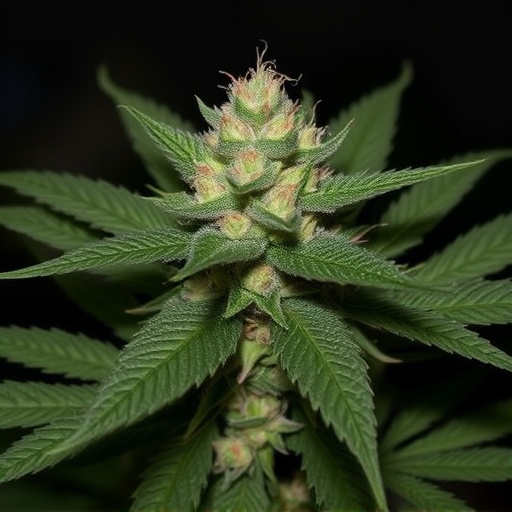
In 2016, the cannabis world was abuzz with excitement over the growing interest in understanding and appreciating the complex chemistry behind various strains. The top ten cannabis strains of that year were not just chosen for their potent effects but also for their distinctive cannabinoid profiles, offering a glimpse into the diverse landscape of these compounds. Researchers and enthusiasts alike delved into the scientific significance of cannabinoids, especially as the legal landscape began to shift, allowing for more exploration and experimentation.
Each strain in this top ten boasted unique characteristics, with some focusing on high THC levels for potent psychological effects, while others celebrated their CBD content for potential medicinal benefits. This year marked a turning point in the industry, where cannabis consumers started demanding knowledge about the specific cannabinoids present in their favorite strains. As a result, breeders and cultivators began to tailor their practices to meet this new demand, ensuring that the top ten cannabis strains of 2016 became not just popular but also educational, paving the way for further exploration into full-spectrum vs. isolated cannabinoids.
In comparing full-spectrum vs. isolated cannabinoids, it’s evident that both have their merits. Full-spectrum cannabinoids offer a natural blend of terpenes and other compounds, potentially enhancing overall effects and providing a broader therapeutic range. Isolated cannabinoids, however, provide pure, concentrated doses, making them ideal for targeted treatment and precise dosing. When examining the top ten cannabis strains of 2016, it becomes clear that strain composition plays a significant role in effectiveness. Understanding these distinctions can empower consumers to make informed decisions based on their specific needs and preferences.
